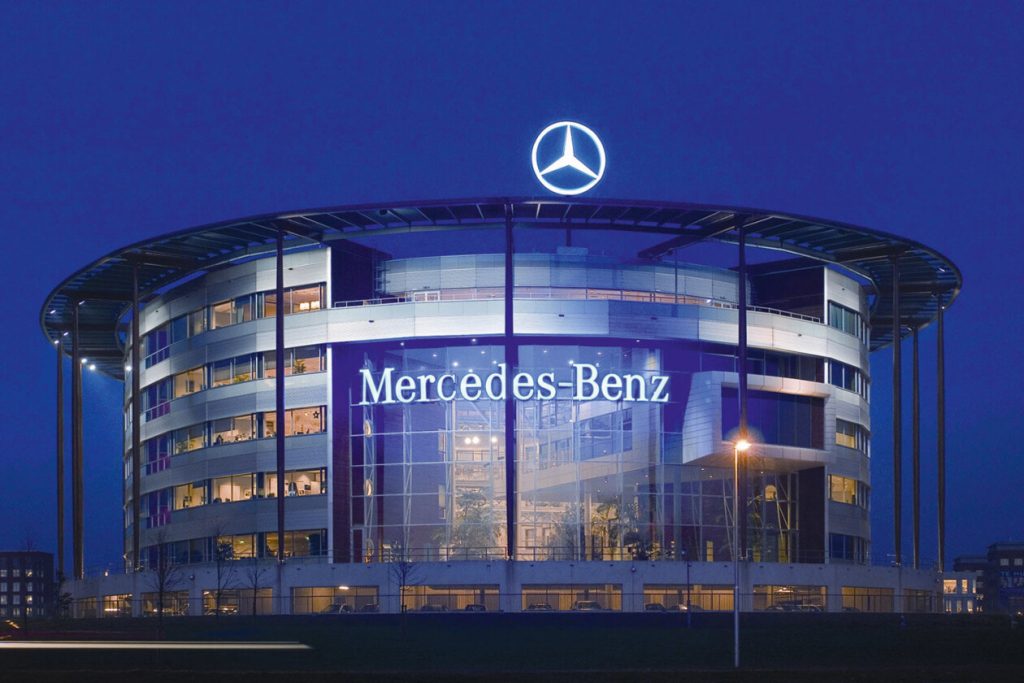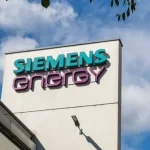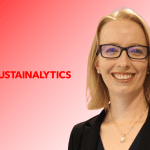Mercedes-Benz, UKA Secure Approval for 140 MW Wind Farm in Northern Germany

- 20 wind turbines with 140 MW capacity to be installed by 2027 under a 25-year PPA.
- Project will supply ~20% of Mercedes-Benz’s annual electricity demand in Germany.
- Wind farm part of UKA’s 1.5 GW onshore pipeline, expanding Germany’s renewable capacity.
Papenburg project moves forward
Mercedes-Benz AG and UKA Group have received clearance to begin construction of a 140-megawatt wind farm on the automaker’s 800-hectare test track in northern Germany. Scheduled for completion in 2027, the facility will comprise 20 turbines and supply roughly one-fifth of Mercedes-Benz’s electricity needs in Germany under a long-term power purchase agreement (PPA).
The project marks a significant investment in onshore wind at a time when Germany is accelerating renewable deployment to cut dependence on fossil fuels and meet EU energy transition targets.
Corporate supply and climate strategy
The Papenburg wind farm is being developed as part of Mercedes-Benz’s commitment to power its operations with renewables and reduce scope 2 emissions across its production network.
“The wind farm in Papenburg is an important building block of our sustainable business strategy — from an ecological and also an economic perspective,” said Jörg Burzer, Member of the Board of Management of Mercedes-Benz Group AG, responsible for Production, Quality and Supply Chain Management. “We are consistently putting our ambitious sustainability goals for the production network into practice and thus achieving a measurable impact.”

By locking in renewable supply, Mercedes-Benz is reducing its exposure to volatile power markets while strengthening the company’s ability to meet investor expectations on decarbonization.
Industrial partnerships in action
The project is being delivered through a consortium of German companies. Wind turbines will be supplied by Nordex, while Max Bögl Wind AG is providing hybrid towers with hub heights of 164 meters and the concrete foundations. UKA Group, one of Germany’s largest wind developers, will act as project owner and electricity supplier under a 25-year agreement.
“I am proud that we, as owners of the future wind farm, will be supplying Mercedes-Benz AG with electricity for the next 25 years,” said Gernot Gauglitz, Managing Partner of the UKA Group. “This project shows that UKA, which generates its own climate-friendly electricity, is an attractive supplier of electricity even to large industrial corporations.”

He noted that the Papenburg site is part of UKA’s 1.5 GW portfolio of onshore wind projects currently under construction in Germany, positioning the company as a central player in the country’s renewable expansion.
RELATED ARTICLE: Mercedes-Benz Embarks on Sustainable Business Journey Beyond Products
Local integration and regulatory coordination
Planning for the wind farm has involved coordination with municipal authorities and local stakeholders to ensure ecological sustainability and compatibility with the long-standing testing operations at Papenburg. The facility has been central to Mercedes-Benz research and development since 1998, and the addition of wind power represents a shift toward dual-use of industrial land.
What executives and investors should watch
For automakers, securing renewable supply through direct PPAs is becoming a strategic lever in managing both climate risk and cost volatility. The Papenburg deal demonstrates how industrial corporates are using existing land assets to accelerate clean energy adoption while bolstering their ESG performance.
For investors, the project underscores the growing alignment between Germany’s onshore wind expansion and corporate decarbonization commitments. As energy markets tighten and regulations on emissions reporting expand, such partnerships are likely to proliferate across Europe’s industrial base.
By 2027, the Papenburg wind farm will not only cover a material share of Mercedes-Benz’s German electricity demand but also contribute to Germany’s broader renewable capacity goals — reinforcing the intersection of corporate procurement, energy security, and climate transition.
Follow ESG News on LinkedIn












